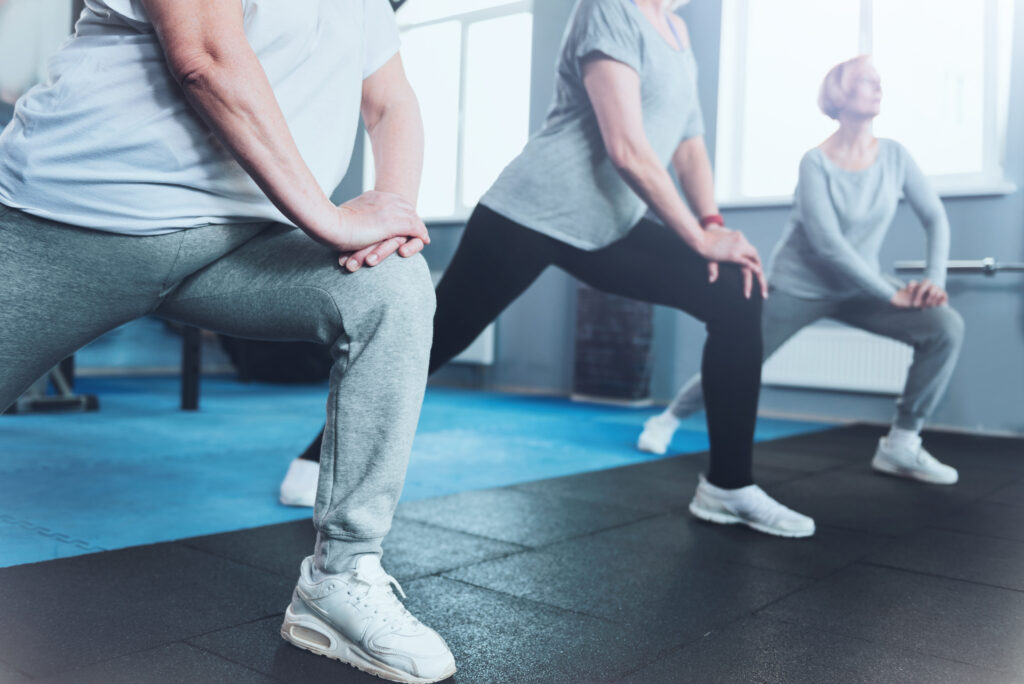
In a recent study reported in Arthritis Care and Research, Dr. Rana Hinman reported that her study group, (clinical trials in people who underwent physiotherapist supported strengthening exercise and physical activity) showed that only 40-60% of participants reported global improvements in pain and function immediately after intervention. Hinman and associates explained, “It is not clear why some people with knee OA respond to exercise while others do not”.
With further investigation, nearly all participants were obese, and the vast majority reported a wide variety of comorbidities such as hypertension, cancer and depression. Some responders described problems with doing the recommended exercises on schedule.
Another common problem was the general overall health of the participants such as back and hip problems. Exercise seemed to flare up these other musculo-skeletal problems. Finally, some participants were pessimistic about the benefit from exercise at all since osteoarthritis is incurable and they just had to live with it.
About 15 million US adults with arthritis report having severe daily joint pain rated a 7 out of 10. This pain interferes with the activities of daily living.
Nearly a third of adults with arthritis are physically inactive. The CDC reports that severe joint pain is more common among adults with arthritis who are inactive.
Physical activity is a way to manage and reduce pain and decrease the likelihood of activity limitations. Yet, physical activity formal or informal low impact programs do not help everyone.
How Much Activity Is Recommended?
The CDC states adults with arthritis should aim for at least 150 minutes of moderate intensity activity such as brisk walking or 75 minutes a week of vigorous intensity aerobic activity like cycling. Also, strength training should be included 2 days a week to strengthen muscles and the core
Most arthritis patients do not tolerate this level of physical activity due to pain and stiffness before or after.
About 91 million Americans struggle with joint complaints. Currently 43% of all adults with joint complaints are women.
The major causes of osteoarthritis include:
- Obesity
- Diet
- Age related hormonal changes
- Overuse or misuse of joints
Obesity
Worldwide 1 billion people are considered obese; 650 million adults, 340 million adolescents, 39 million children.
The US ranks number one in obesity in developed countries.
For every pound overweight, added 3-6 pounds of extra pressure per square inch is placed on your knees.
When walking on level ground the pressure on your knee joint is one- and one-half times your body weight. Another study claimed this amount to be 3-6 times your body weight while walking. An added 10 lbs, places an extra 30-60 pounds of pressure on your joint.
Diet
Bone density is paramount to bone health. It is currently reported by the Osteoporosis Foundation around 54 million adults have poor bone density. Fractures are common with poor bone density.
Weak and brittle bones cause joint pain and are common in the arthritis population.
Certain foods can exacerbate the loss of bone mass;
- Carbonated Drinks- these drinks are full of phosphoric acid which increases acidity in the body. As a result, calcium is pulled from the bones
- Table Salt- excessive salt intake causes calcium loss especially in post-menopausal females. For every 2300 milligrams of sodium consumed ,40 milligrams of calcium is lost in the urine
- Caffeine- Caffeine in soda or coffee on average causes a calcium loss of 6 milligrams for every 100 milligrams of caffeine consumed
- Hydrogenated Oils- synthetic man -made trans fats destroys any naturally occurring Vit K in the vegetable oils. Vit K is essential for bone strength.
- Wheat Bran- Wheat bran contains high levels of phytates which prevents the body from absorbing calcium.
Age related hormone changes
70% of individuals with osteoporosis are women over the age of 50. The main reason is the disturbance and decline in sex hormone levels after menopause. Estrogen in particular, is essential for healthy bones.
Overuse or misuse of joints
Osteoarthritis is a disease of cartilage degeneration. With this degeneration, the overall physiology of the joint is disrupted, and forces are placed on the joint abnormally causing inflammation. This can be attributed to repeated microtrauma to the joint through overuse or misuse.
As the cartilage is worn, the medial or lateral compartment of the knee is thinned. With this structural abnormality, a varus or valgus deformity is formed.
Varus deformity is thinning or the disruption of the cartilage in the medial compartment and a “bow legged” deformity ensues. Pain is present in this medial area of the knee.
Valgus deformity is thinning or disruption of the lateral compartment and a “knocked knee” deformity ensues. Pain is present in the lateral compartment of the knee.
The overwhelming majority of osteoarthritic patients have a varus deformity.
Hyaluronic acid is the key component of joint fluid. It helps reduce friction between the bones by providing cushioning and lubrication. However, as the cartilage levels decrease, the quality and quantity of this joint fluid is reduced.
It seems to this author that the patients who did not respond to the exercise programs for osteoarthritis of the knee might have had a better outcome if certain interventions had been added to the exercise protocol.
Unloading bracing to “unload” the abnormal stress on the effected compartment of the knee and return it to a more physiological structure rather than leaving the knee in a pathological position. How can diseased tissue be expected to change or improve if left alone and only strengthening surrounding tissue is employed?
According to the Osteoarthritis Research Society International guidelines, initial management of knee OA is conservative and consists of a combination of both non-pharmacological and pharmacological treatments, including exercise programs, self-managements and education (weight reduction), biomechanical interventions (knee braces) and anti-inflammatory drugs.
They concluded an unloading knee brace with usual care is a powerful therapeutic strategy to reduce pain and increase function in medial knee osteoarthritis.
Diet should always be addressed and modified. Weight reduction and avoidance of food groups demineralizing calcium from bones. Post-menopausal options as to osteoporosis prevention should also be included in all patients. Hyaluronic acid supplementation should always be included in the treatment protocol.
Integrative Practice Solutions has been instructing medical professionals in the osteoarthritis treatment field for over a decade. With the experience gained by the involvement in the care of thousands of OA patients, IPS has developed the Advanced Arthritis Relief Protocol. This patented treatment protocol involves fluoroscopically guided viscosupplementation, unloading bracing, dietary coaching and home or in office physical therapy. Our experience has proven that in the treatment of OA, one part of the equation helps but the entire protocol provides outstanding results that has been proven to be higher than the national average for success in the treatment of OA of the knee.
Integrative Practice Solutions manufactures approved unloading braces for the OA patient. IPS also offers credentialing solutions for approval of all insurance plans such as Medicare, Medicaid and Tricare. IPS provides instruction for physicians and office staff for the treatment and documentation needed for these patients.
Physical therapy alone certainly will help strengthen the musculature surrounding the knee but other modalities such as unloading bracing, viscosupplementation and dietary coaching is needed to reach treatment goals in the patient with OA.
Regenerative Regards,
Dr. Robert McGrath
Studies
Sci Rep 2018 Jul 12. dol:10.1038 PMID 30002395


